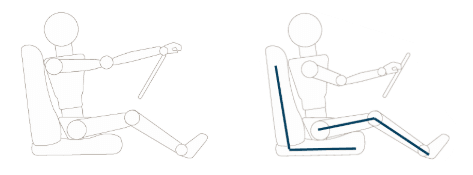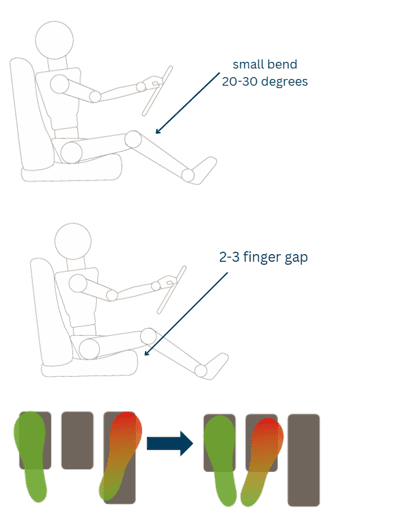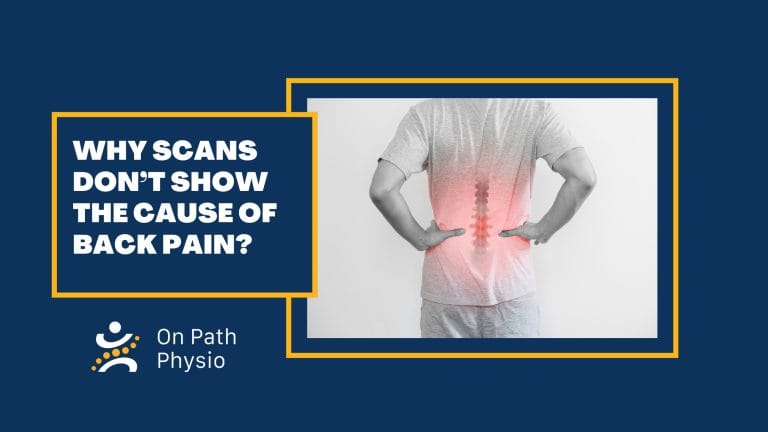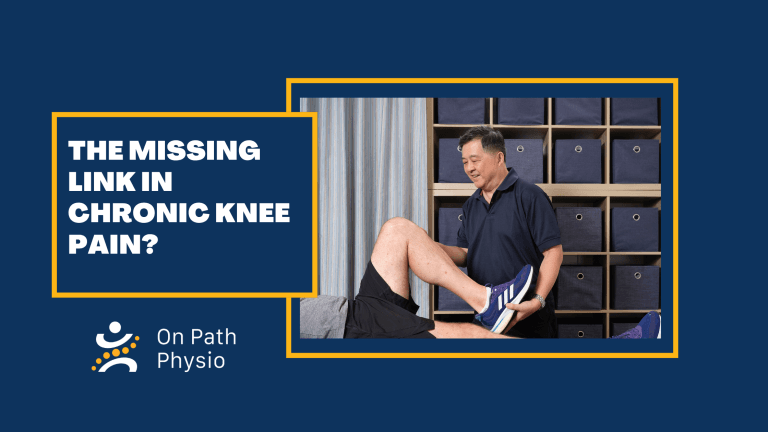Long drives can leave anyone feeling stiff but for people with musculoskeletal issues, particularly in the neck and back, discomfort can start much sooner and last much longer. If you’re dealing with chronic pain or a spinal condition, the way you position yourself in your car can make a big difference.
In this post, we’ll walk you through how to properly set up your seat, steering wheel, and mirrors for better comfort, posture, and support while driving.
Seat Height & Angle: Your Starting Point
The right seat height and angle can relieve pressure on your spine and help reduce fatigue.
- Use the Wrist Test: Sit with your back against the seat and extend one arm forward. Rest your wrist on top of the steering wheel. This should create a slight bend in your arms when you return your hands to the regular driving position not fully extended.
- Adjust Seat Height: Raise your seat so your hips are at least level with your knees. This helps protect your lower back and pelvis from strain. Just make sure you still have a clear view of the road and dashboard.

Leg Position: Small Tweaks, Big Impact
Proper leg positioning reduces stress on your hips, knees, and lower back during long drives.
- Knees should have a slight bend of 20–30 degrees.
- Leave a space of about 3–4 fingers between the back of your knees and the front edge of the seat.
- Keep heels on the floor, with the balls of your feet comfortably reaching the pedals.
- Your right heel should rest roughly in front of the brake pedal, allowing smooth movement between the accelerator and brake.
- In manual cars, rest your left foot on the footrest when not using the clutch. This gives your pelvis and lower back added support.

Steering Wheel Position: Keep It Low (But Safe)
- Lower the steering wheel as much as possible without blocking your view of the instrument panel.
- This reduces strain on your shoulders and upper back, especially during longer trips.

Back Support: Engage Your Core from the Start
- Sit with your hips wedged fully back into the seat no slouching!
- Use lumbar support (built-in or a cushion) to fill any gaps between your lower back and the seat.
- Good contact with the seat helps reduce muscle fatigue and maintain spine alignment.

Head Support: It’s Not Just for Whiplash
- The middle of the headrest should align roughly with the base of your skull.
- This positioning helps prevent strain during long drives and protects you in the event of sudden stops or collisions.

Adjusting Your Mirrors: A Posture Check Tool
- Set your mirrors for clear, unobstructed views, flush with the car’s bodywork.
- If your rearview or side mirrors suddenly seem “off” mid-drive, chances are you’ve slouched. Return to your proper seated posture and recheck your alignment.
Seat Belt Fit: Safety Meets Ergonomics
- Ensure the belt lies flat and snug, without any twists.
- It should rest low across the hips and firmly over the shoulders.
- Adjust the shoulder anchor point so it sits at roughly ear level this helps avoid neck irritation and improves restraint function in a crash.

When to Get Help
If you’re experiencing persistent back, neck, or shoulder pain while driving, it’s a sign your current setup might not be working for you or there may be an underlying issue that needs attention.
At On Path Physio, our team can help assess your posture, provide ergonomic advice, and tailor treatment to your specific needs so you can drive comfortably and confidently.
Book an appointment today and take the pain out of your daily drive.




